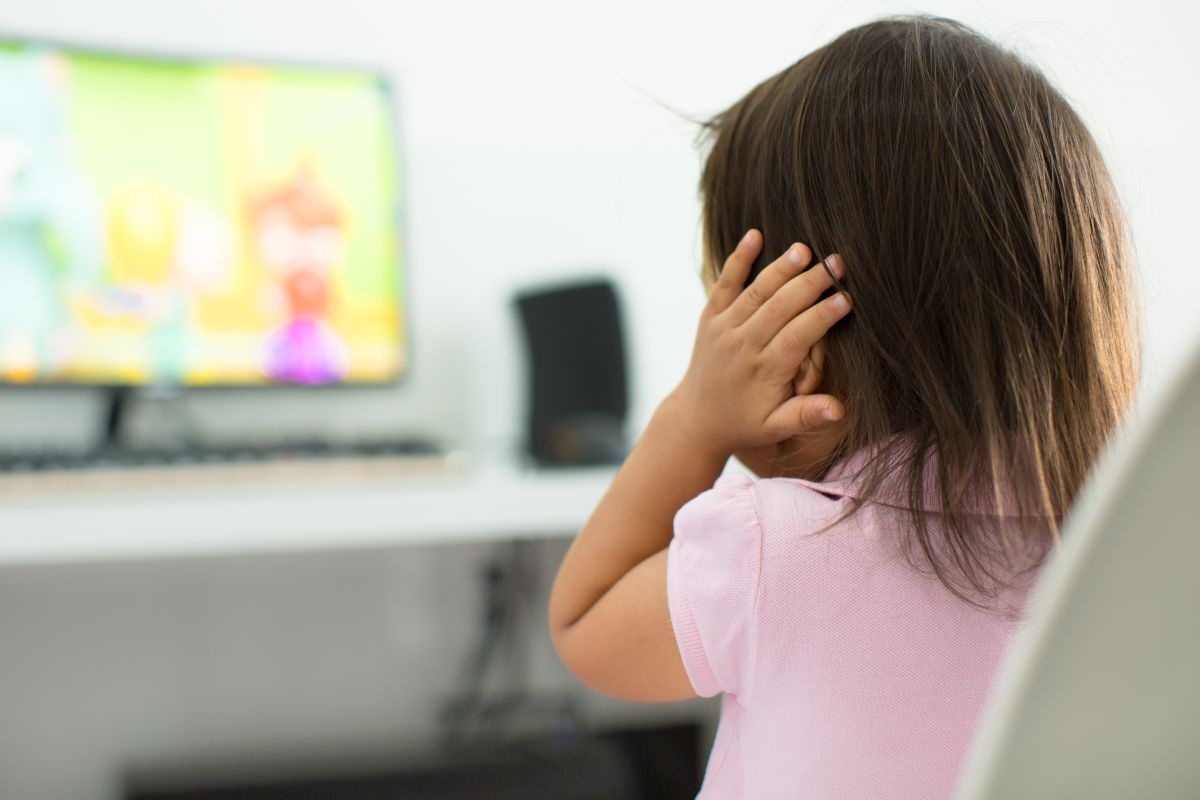Study: Social workers experienced depression, PTSD, and anxiety at alarming rates during pandemic
An alarming 40 per cent of the sample reported depression, which is four times higher than the general population.
Anxiety disorders are more common in children than we believe but several factors keep them from receiving treatment

Representational image. (Photo: Getty Images)
In a social setting that puts children through sky-high expectations, it is normal for a child to feel anxious sometimes – before a key examination, before a stage appearance or a sports competition. What is not normal is having a child who displays symptoms of anxiety and phobia without any substantial reason or cause! It is often incomprehensible for parents to believe that children might have anxiety disorders like adults.
A number of times, children complaining of symptoms such as headaches, stomachaches, bed-wetting or feeling unwell are brushed aside as lazy or their complaints perceived as deliberate ways of avoiding school or any other task. At other times, their symptoms are perceived as normal pangs of growing up. Unfortunately, many children with anxiety disorders fail to find right medical attention for a long time, resulting in aggravation of their condition and suffering. It is important to identify and treat anxiety disorders in children as they have the potential to grow into adult anxiety disorders as well as psychopathologies such as depression, substance use problems and suicide attempts.
A growing body of research over the past two decades has clearly demonstrated that a substantial number of children and adolescents do suffer from anxiety disorders. A number of factors such as increasing parental expectations, a nuclear family set up that limits children’s family connections, and inadequate social mingling are some of the factors that have in recent years contributed to the rise of anxiety disorders among children.
Advertisement
A study published in the Journal of Post Graduate Medicine found approximately 11% of school students studying in standards III to X in Mumbai had symptoms of overall anxiety with signs of anxiety disorders being present among them. Similarly, another study documented that 11% students studying in standard VIII in Jamshedpur had symptoms of overall anxiety. Yet another research in Kolkata found 19% of students studying in standards VIII to XII had high anxiety.
A study published in the ‘Journal of Clinical Child and Adolescent Psychology’ conducted structured interviews of preschooler’s and their parents in the US to conclude that around 19.6% of the 3-4 year old subjects had an anxiety disorder. This preschooler’s with anxiety disorders were more likely to have depression, sleep problems, behavioral issues and Oppositional Defiant Disorder.
The term “anxiety disorder” refers to a group of mental illnesses that includes six forms of disorders namely generalized as anxiety disorder (GAD), obsessive-compulsive disorder (OCD), panic disorder, post-traumatic stress disorder (PTSD), social anxiety disorder (also called social phobia), and specific phobias.
Some prominent symptoms that parents should confront with seriousness include complaints of stomachaches especially before certain tasks such as going to school; withdrawing from social opportunities; performance anxiety; physical distress and not feeling well frequently without any apparent cause as well as trouble sleeping.
Sometimes parents mistake the social withdrawal as shyness; at other times, complaints of physical distress are conceived as pretense for not wanting to go to school. For many children, the symptoms manifest in seemingly unrelated ways that makes it hard to find the underlying cause of the problem. We conduct one-on-one counselling with parents of anxious children as well as therapy for anxious children.
Private schools and higher institutes and always emphasise that when children are younger, especially in pre-teen years, they tend to “internalize” the condition more than display overt signs. For example, some kids fighting anxiety and depression might exhibit symptoms such as aggression, hyperactivity or difficulty in eating, rather than the more commonly understood signs.
Anxiety disorders often go undiagnosed in children for years because of their inability to express themselves as well as the vagueness of their symptoms. However, it is important to ensure that any such condition is identified early on and gets the requisite medical attention. It is important to underline here that anxiety disorders are not the usual ‘pangs of growing up’ and children will not outgrow them. Yet, when given the right medical and therapeutic attention, children do overcome such conditions and go on to live normal and productive lives. With cognitive behavior therapy, most of the affected children show favorable outcomes.
Anxiety disorders can have a devastating effect on academic performance. If left untreated, they can even lead to the child’s dropping out from school. It is important therefore to not overlook any signs of anxiety and depression in children, howsoever vague. Any sudden or radical change in behaviour such as withdrawal, inability to sleep, bed wetting or loss of interest in activities they once enjoyed must be discussed with a doctor, much like signs of physical distress such as diarrhoea or fever are reported. In fact, school teachers must also be trained to pay attention to mental duress among children at school.
(Dr Prakriti Poddar is the Managing Trustee of Poddar Foundation and Director Poddar Wellness Ltd. She is an expert in Mental Health and Education)
Advertisement